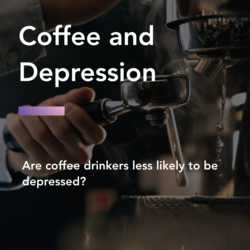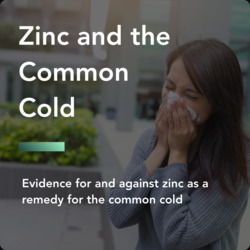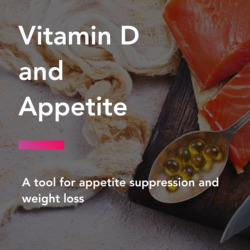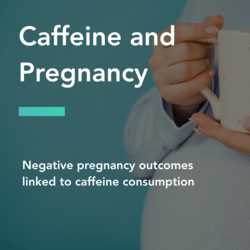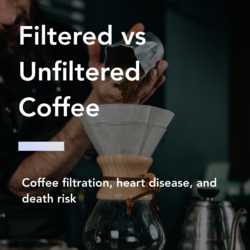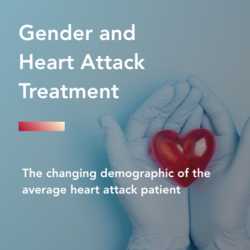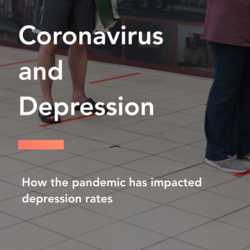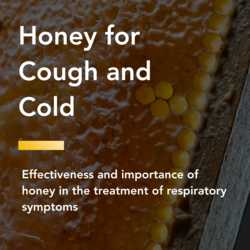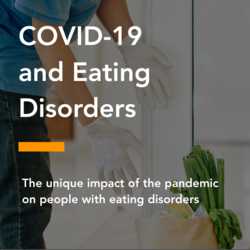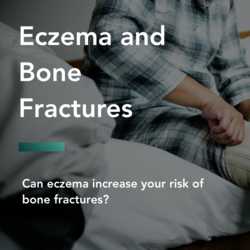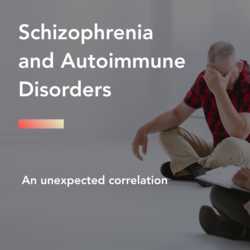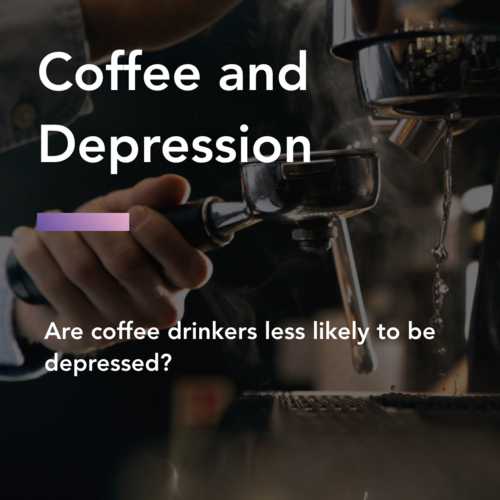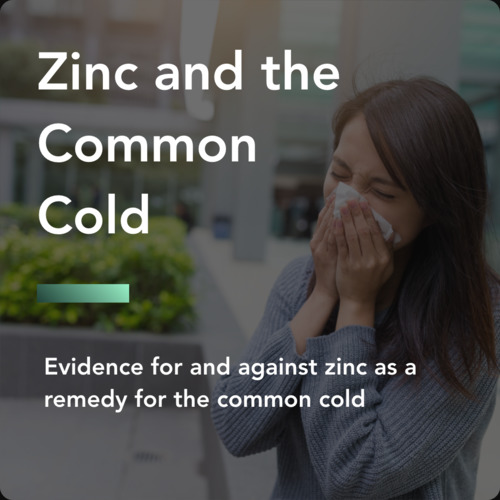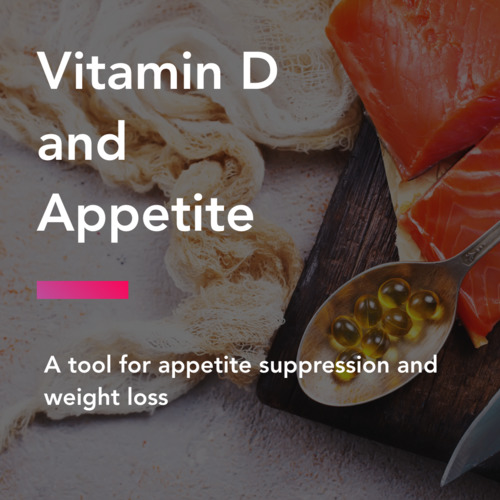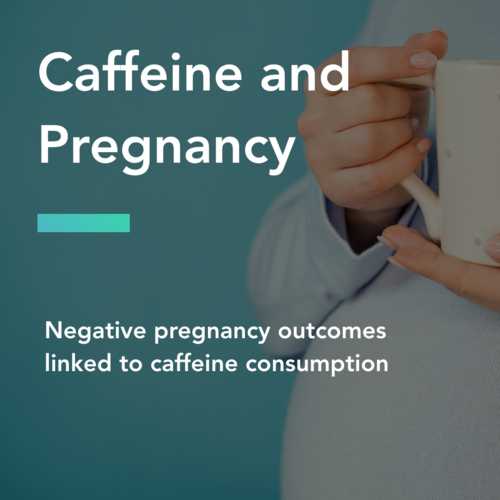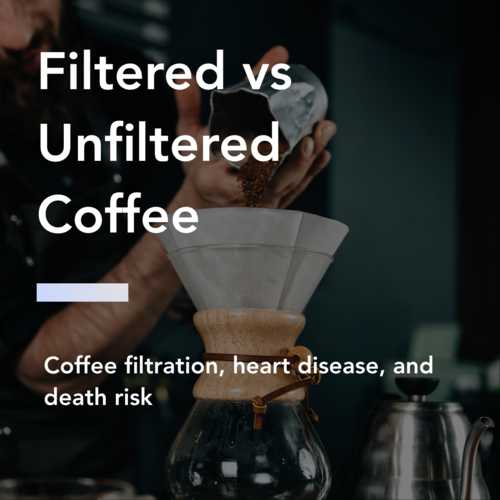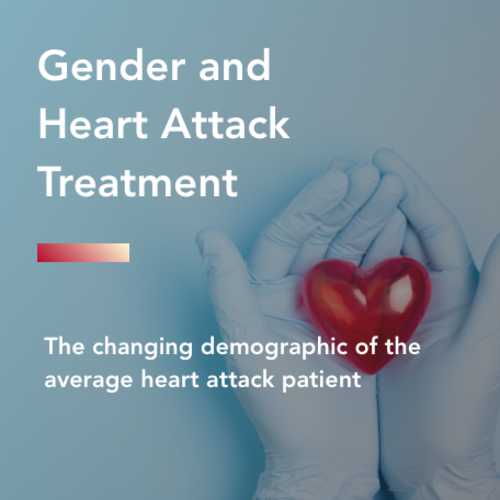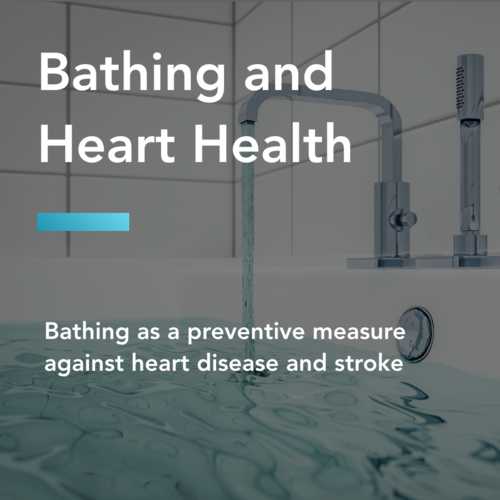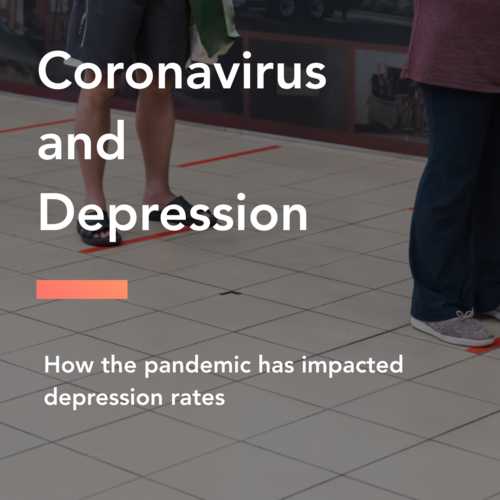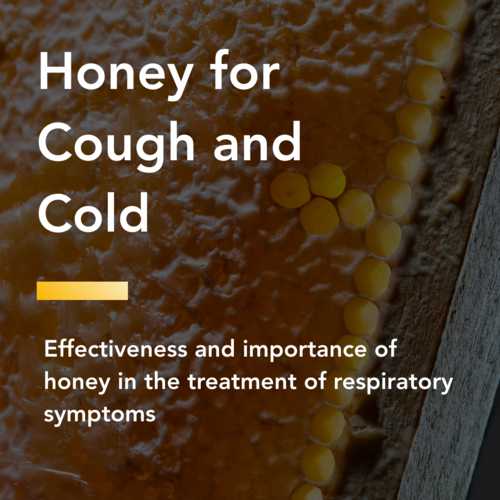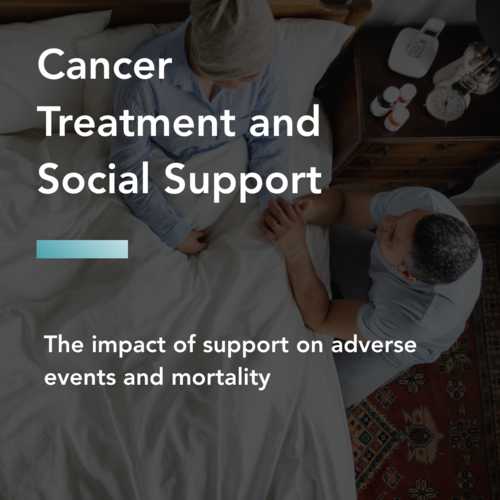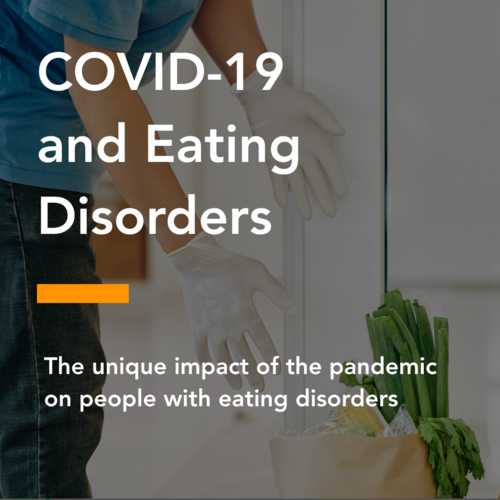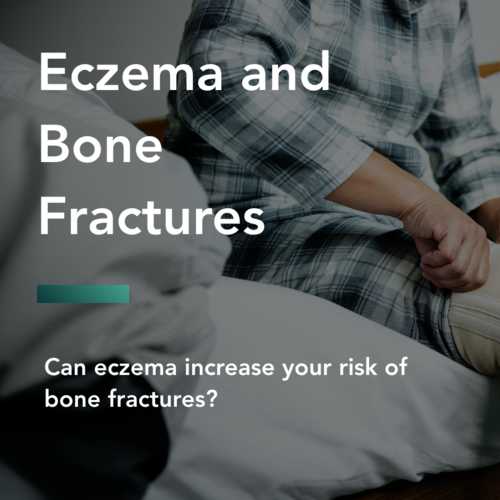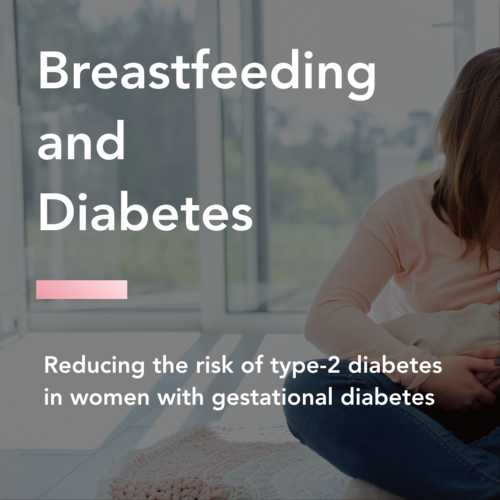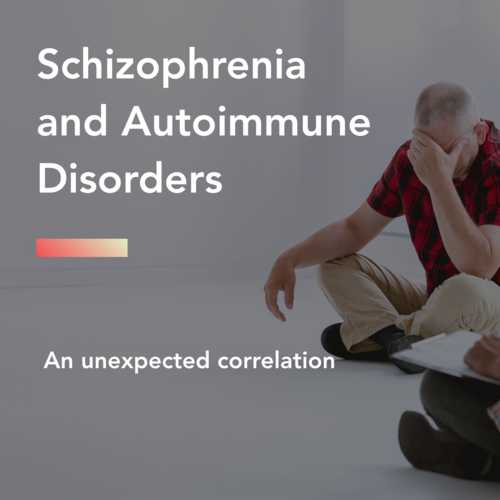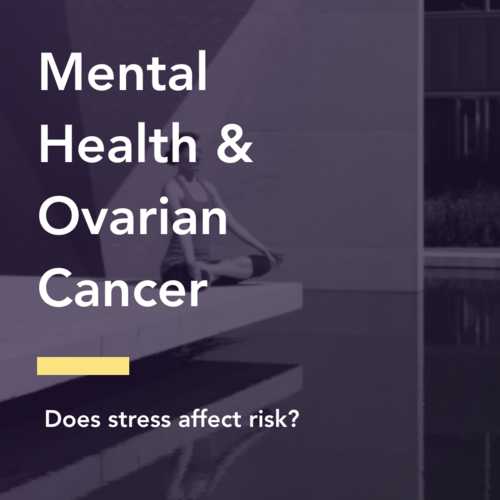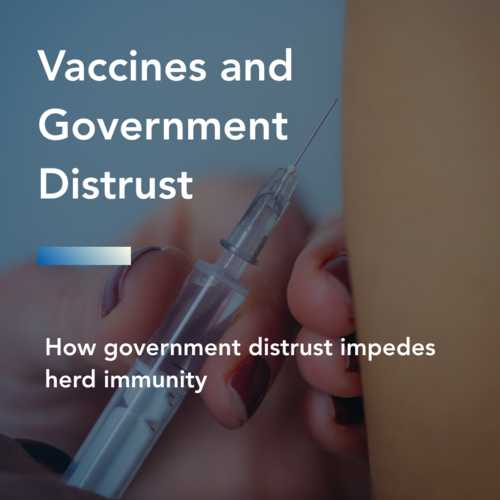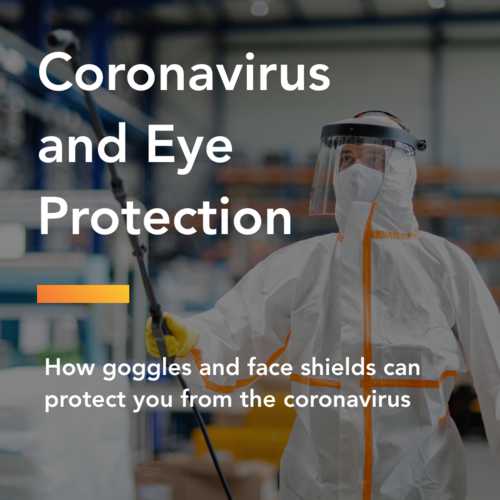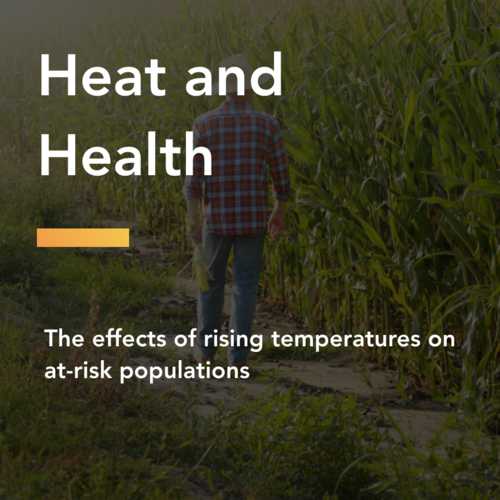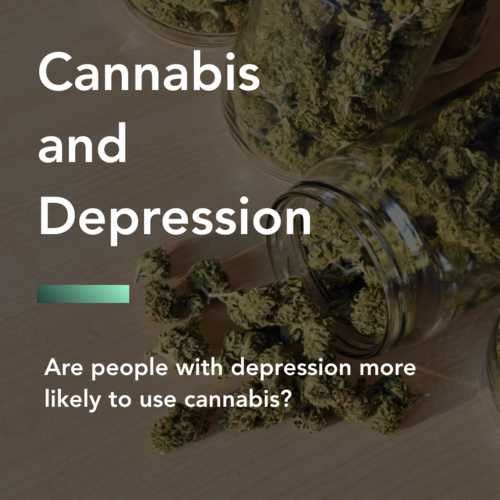Colorful Plants & Cancer Risk
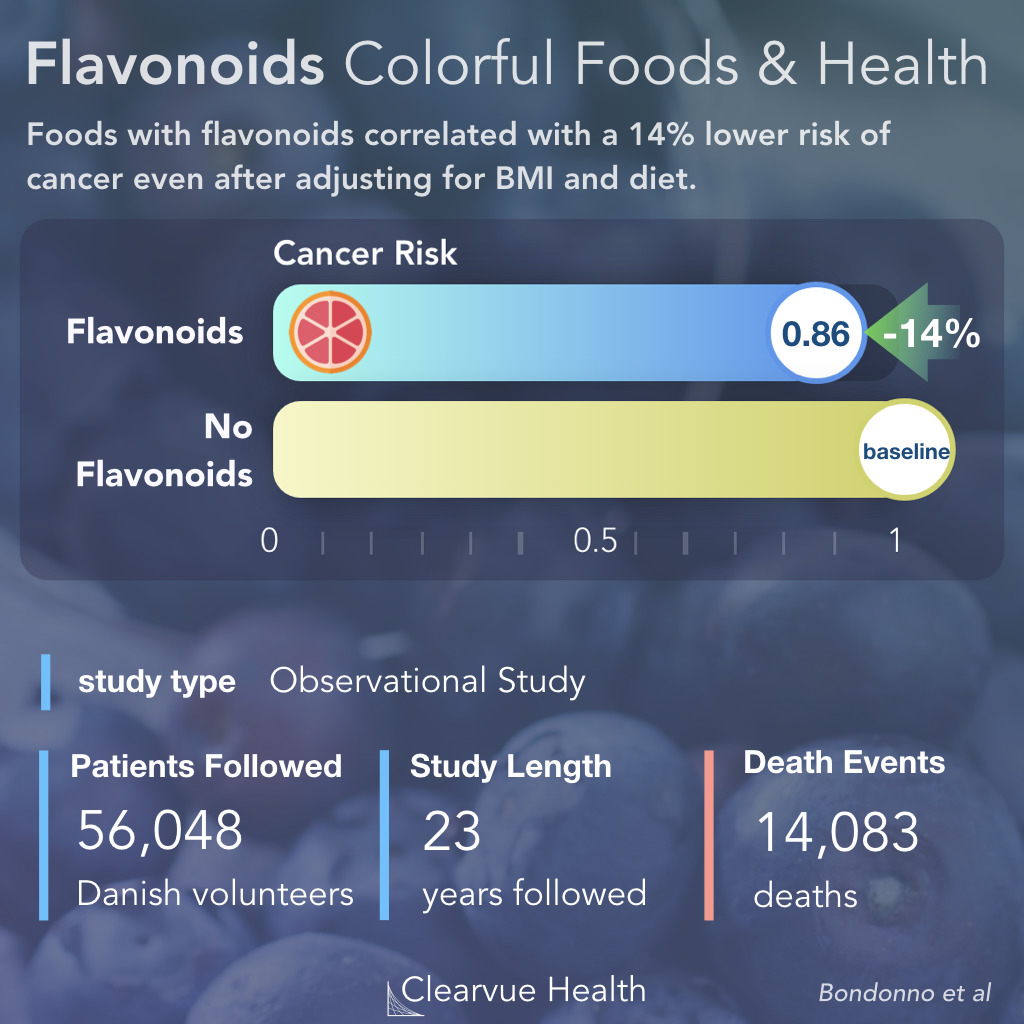
Figure 1: Colorful Plants & Cancer Risk. Foods with flavonoids correlated with a 14% lower risk of cancer even after adjusting for BMI and diet. The data was obtained from an observational study of 56,048 Danish volunteers over 23 years.
Mothers have known for ages that plant-based foods with a lot of colors tend to be healthier. Kale, green tea, and blueberries all sound very healthy.
A new study suggests that it may be the color pigments in these foods, in the form of flavonoids, that provide much of this health benefit.
Researchers studied 56,000 Danish volunteers over more than two decades to see whether certain foods can protect against cancer and heart disease.
They asked volunteers to keep track of what they ate, and then they looked at what diseases and cause of death volunteers had.
They found that even after adjusting for age, BMI, cholesterol, diabetes, and dietary intake, volunteers who ate foods with more flavonoids had a 14% lower risk of cancer.
Source: Flavonoid intake is associated with lower mortality in the Danish Diet Cancer and Health Cohort
High Flavonoid Foods
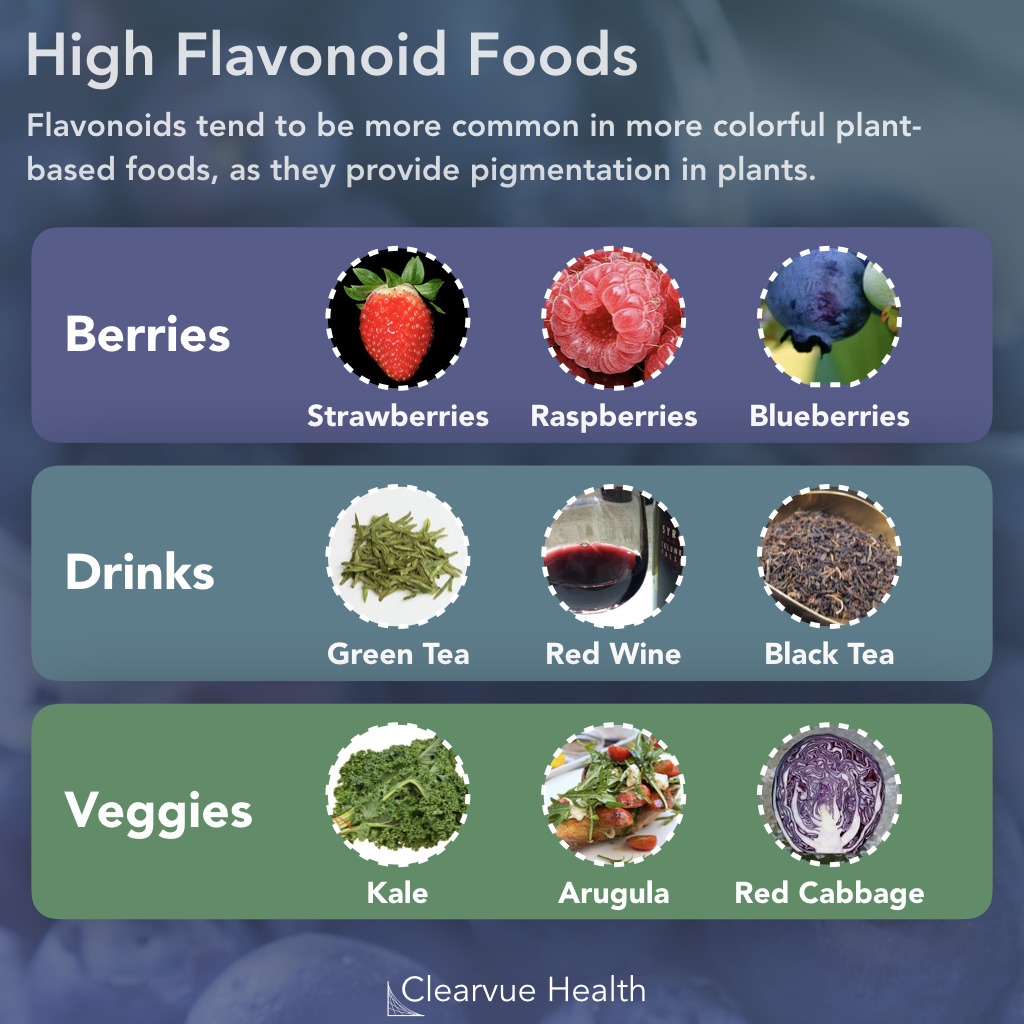
Figure 2: High Flavonoid Foods. The foods above are a sample of high flavonoid foods and beverages across 3 categories. Flavonoids tend to be more common in more colorful plant-based foods, as they provide pigmentation in plants.
As you can see from the list of flavonoid-rich foods above, flavonoids tend to be more common in foods with a lot of color in them. Even drinks such as green tea and red wine can provide a significant amount of flavonoids.
Colorful Foods & Heart Disease
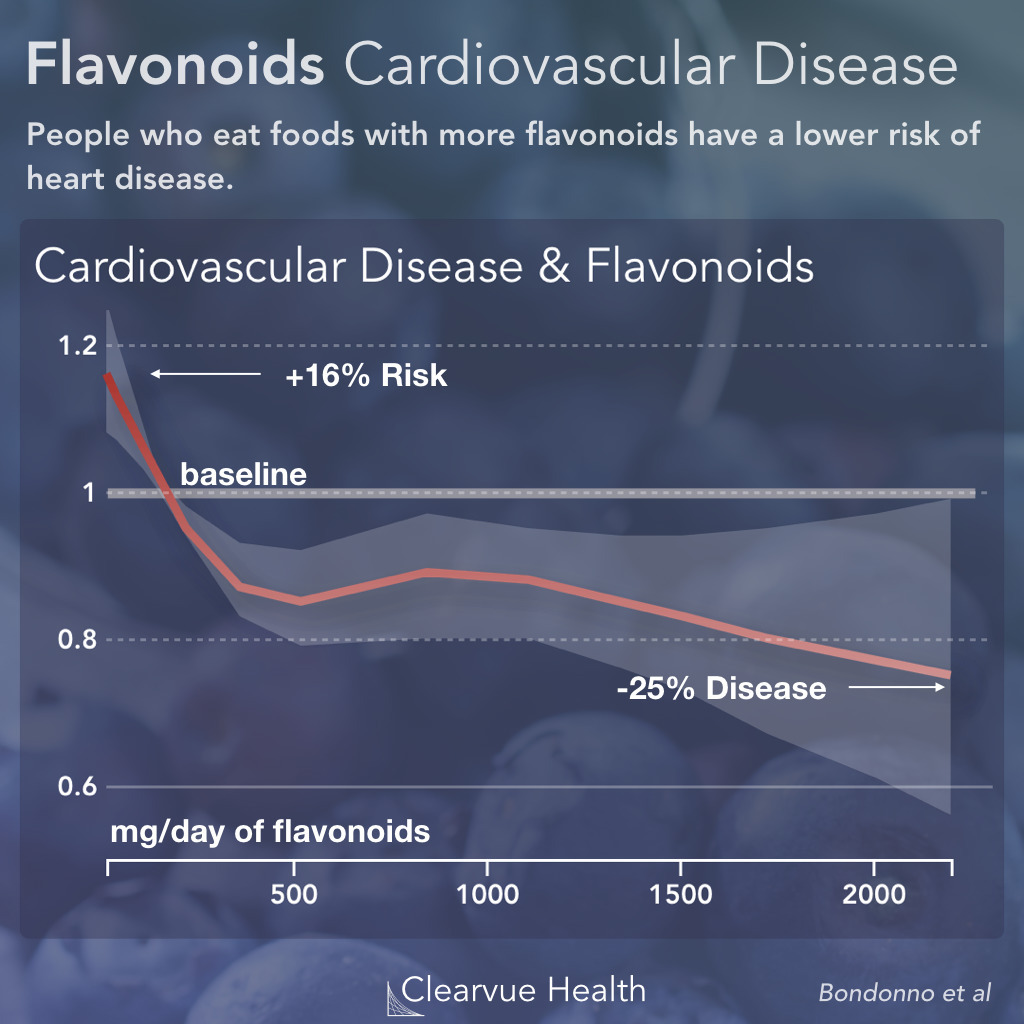
Figure 3: Colorful Foods & Heart Disease. People who eat foods with more flavonoids, a type of plant pigment, had a lower risk of heart disease. The data was obtained from an observational study of 56,048 Danish volunteers over 23 years. This was adjusted for age, BMI, cholesterol, diabetes, and dietary intake.
Similar to the cancer data, researchers also found a significantly lower risk of heart disease with higher flavonoid intake. Those ate the least amount of flavonoids had the highest risk of heart disease. Those who ate more flavonoids had a lower risk.
Colorful Foods & Mortality Risk
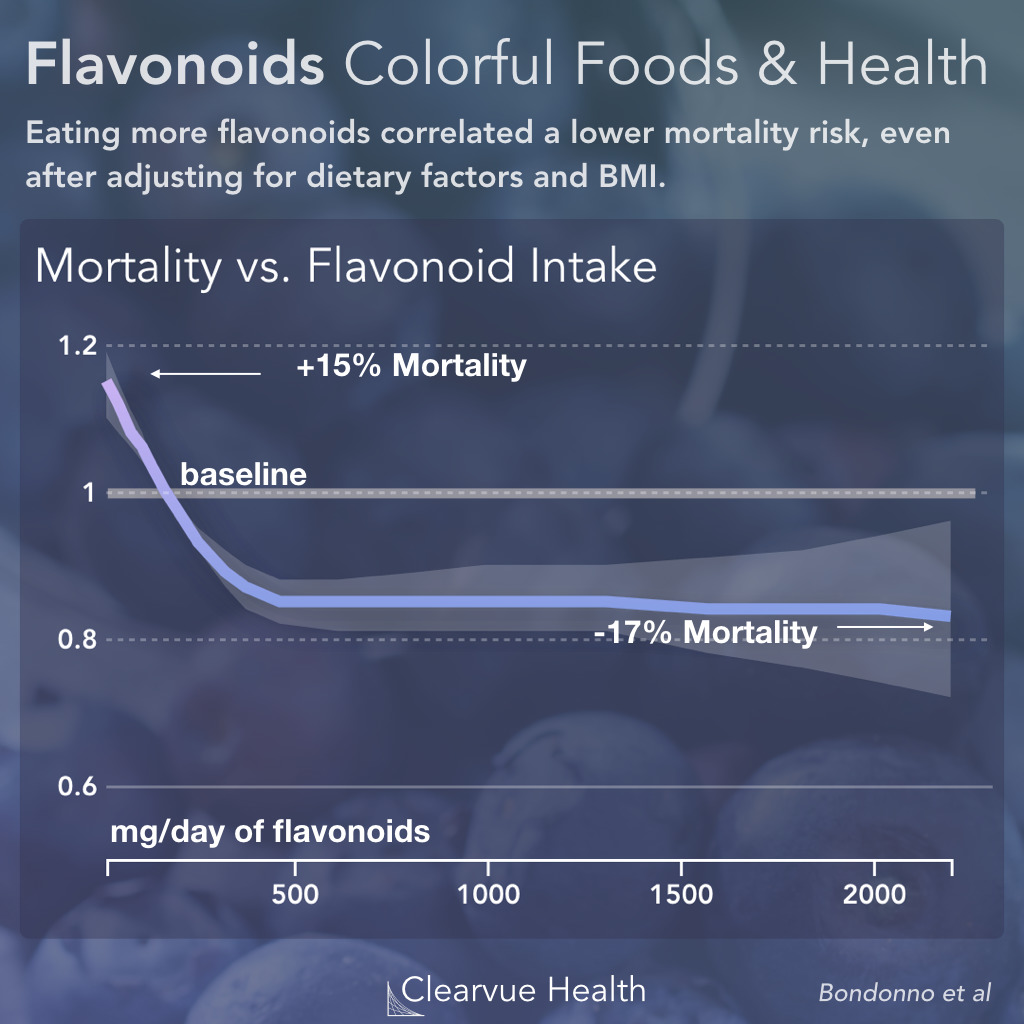
Figure 4: Colorful Foods & Mortality Risk. Eating more flavonoids correlated a lower mortality risk, even after adjusting for dietary factors and BMI. The data was obtained from an observational study of 56,048 Danish volunteers over 23 years. This was adjusted for age, BMI, cholesterol, diabetes, and dietary intake.
Flavonoids showed benefits for all mortality, as shown above. The more flavonoids someone ate, the longer they lived.
The benefit appears to level off after a certain amount. This suggests that you don’t need to go full vegetarian for all the benefits of flavonoids.
Flavonoids in Smokers & Drinkers
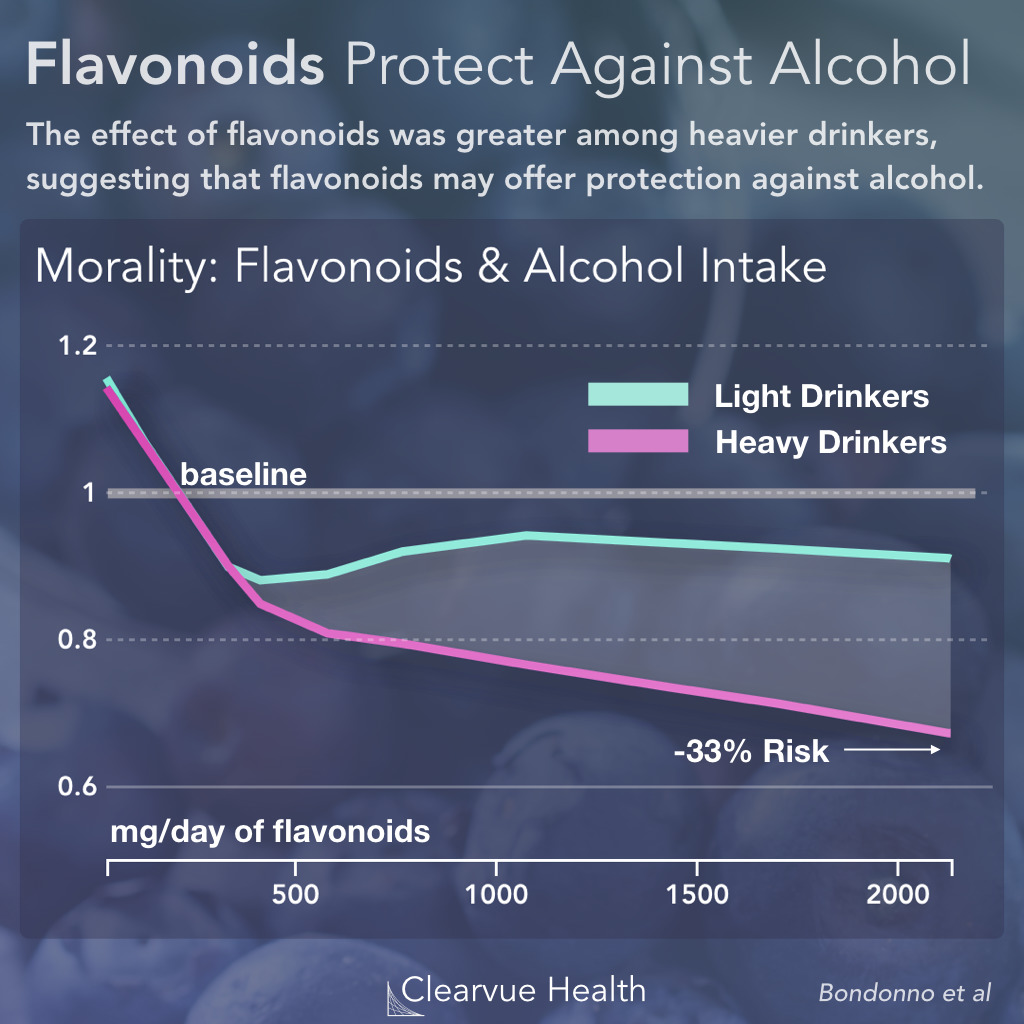
Figure 5: Colorful Foods & Mortality Risk. The effect of flavonoids was greater among heavier drinkers, suggesting that flavonoids may offer protection against alcohol. The data was obtained from an observational study of 56,048 Danish volunteers over 23 years. This was adjusted for age, BMI, cholesterol, diabetes, and dietary intake.
Smokers and heavy drinkers appear to benefit more from eating flavonoids than non-smokers and non-drinkers. In the chart above, you can see that heavier drinkers show a greater benefit from eating more flavonoids than light drinkers.
It is important to note that flavonoids don’t remove the mortality risks of drinking and smoking, they only make it a little “less worse.”
Keys to Health
Observational studies such as this one are always prone to bias. They can only tell us about correlation, but they cannot confirm causation.
This means that we know people who eat lots of vegetables and colorful fruits do tend to live longer on average, we just don’t know for sure whether flavonoids are causing it.
In general, we recommend eating more plant-based foods. Adding fruits, green leafy vegetables, and green tea will almost always be a good thing.
This holds especially true if you are a smoker or a drinker. Smokers and drinkers in this study derived the most benefit from eating flavonoids. This may be because smoking and drinking damage your body through oxidative stress. Flavonoids may reduce some of this damage through their antioxidant effects.





